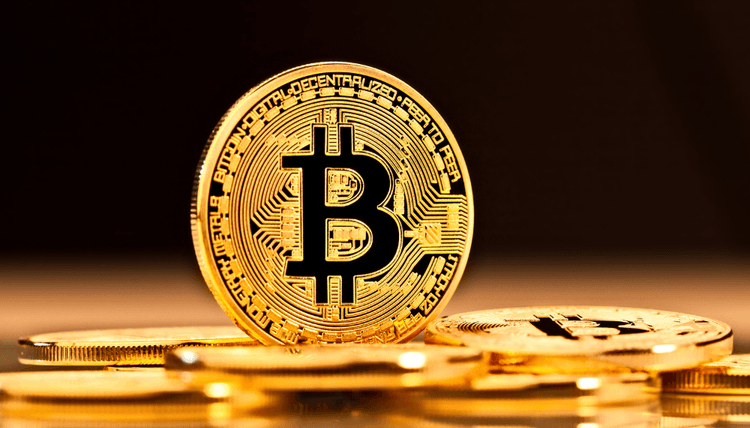Subtotal $0.00
Bitcoin Declines Below $40,000: The value of Bitcoin has fallen by nearly 20% since the launch of exchange-traded funds that invest directly in the cryptocurrency on January 11.
This decline led to speculators becoming more wary of the effects of these products.
The value of the digital currency rose to $49,021 on the day of the launch of ETFs by BlackRock and Fidelity, then fell to $39,718, a 19% drop from the daily peak.
Content
Bitcoin funds
Nine spot Btcoini funds began trading on January 11 and the Gray Sunkill Bitcoin Trust was converted into an exchange-traded fund.
A net inflow of $1.2 billion was recorded into these funds in the first six days.
According to Bloomberg Intelligence analysts, iShares Bitcoin Trust and FidelityWise Origin Bitcoin Fund had the highest inflows,
while $2.8 billion exited from Gray Sunkill.
In light of global economic challenges, the value of Bitcoin was affected by the rise in interest,
the strength of the dollar, and the pressures of selling “GBTC,” in addition to selling “FTX” assets.
It is expected that the selling pressure from GBTC will decrease in the coming period.
Bitcoin’s value has fallen by nearly 160% over the past year, but it still outperforms traditional assets.
Despite their decline at the beginning of this year,
optimism remains about the power of ETFs to stimulate wider adoption of cryptocurrencies.
Oil prices are clearly rising at the beginning of the week’s trading.
Oil prices rose 2% at the close of Monday due to Ukraine’s attack on a Russian gas station,
which further heightened geopolitical tensions and raised fears of supply disruptions and weak supply chains.
February crude oil contracts rose by $1.78 (2.42%) to $75.19 per barrel,
while the March Brent contract settlement price rose by 1.91% to $80.06 per barrel.
Last week, the International Energy Agency raised its forecast for global demand in 2024,
but its forecast is less than half that of the OPEC producer group.
The agency said that barring significant disruptions in flows, the market looks reasonably good in 2024.
Oil is struggling to determine a clear direction this year despite multiple geopolitical tensions,
and the Organization of the Petroleum Exporting Countries (OPEC) has pledged to reduce production.
Oil gains were offset by indications of abundant production outside OPEC, as the International Energy Agency expected an abundance of supplies.
In addition, Libya has resumed flows from its largest fields after they were halted,
and American drilling companies are recovering from the freeze that harmed operations.
Oil prices maintained their gains, however, after the United States and the United Kingdom carried out a new round of strikes against the Houthis in Yemen,
inflaming tensions in the Middle East and offsetting fears of a continued global supply glut.
The Bank of Japan maintains interest rates and pushes the yen to fall again.
Bank of Japan kept monetary policy unchanged while adjusting its economic forecasts,
but without giving any clear hints about the possible timing of moving away from negative interest rates, which led to a decline in the yen price.
The Bank of Japan kept the short-term interest rate at -0.1% and continued to control the yield curve after the end of its two-day meeting,
according to a statement published on Tuesday.
On the other hand, during its quarterly forecast report,
the bank lowered its inflation estimates for the fiscal year that begins in April to 2.4% instead of 2.8% previously.
This means that consumer price increases will continue to exceed the 2% target set by the Central Bank for a longer period,
after exceeding this level since April 2022.
The yen fell against the dollar immediately after the announcement,
briefly reaching 148.55 yen to the dollar before recovering all its losses and reaching 147.86.
The yield on 10-year government debt also fell to 0.635%.
At the press conference after the Monetary Policy Committee’s statement,
Bank of Japan Governor Kazuo Ueda gave a comprehensive overview of the economic situation.
He pointed out the increasing possibility of achieving the inflation target of 2% and expected the economy to continue to grow and recover.
stressing the importance of monitoring the impact of the foreign exchange market on prices
and the bank’s readiness to strengthen the monetary easing policy if necessary.
He praised the improvement in conditions thanks to the wage increase and monitored the results of the spring wage negotiations.
The bank has been studying the good cycle between wages and prices but noted that uncertainty remains about the spread of wage increases.
Bitcoin declines below $40,000





